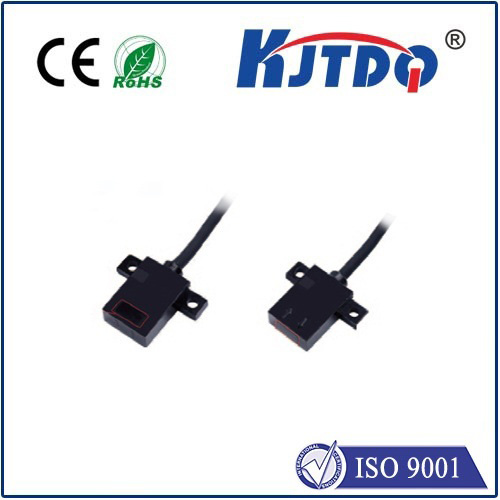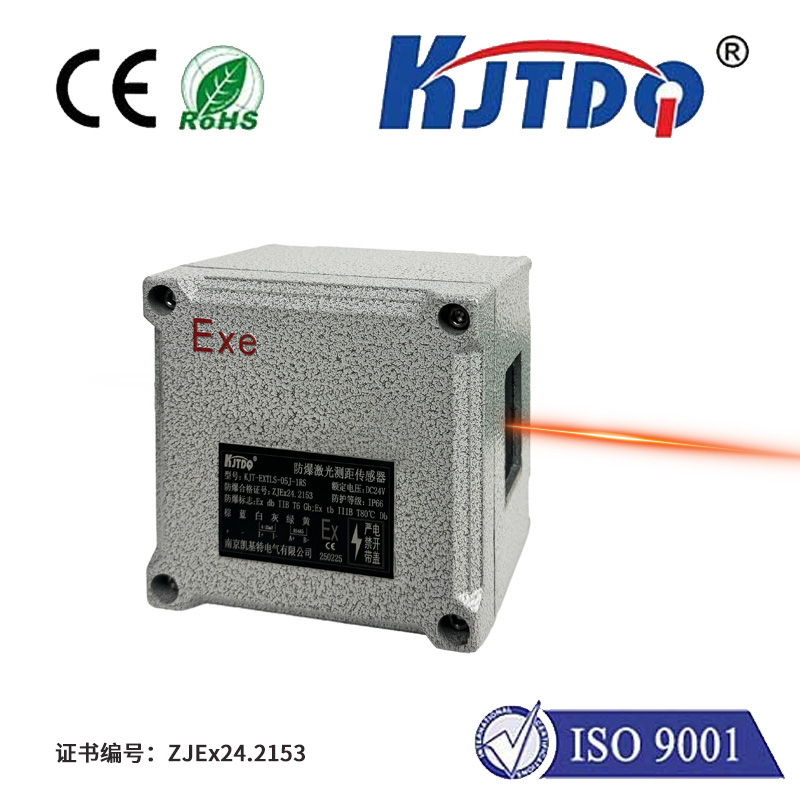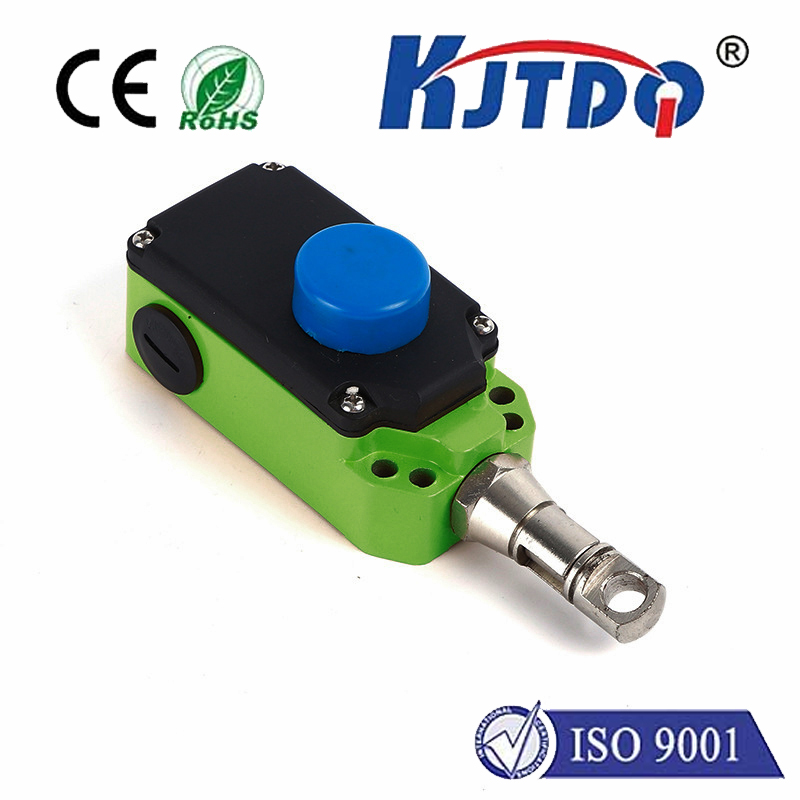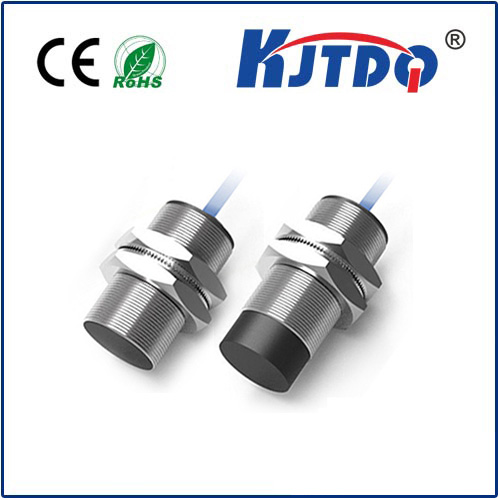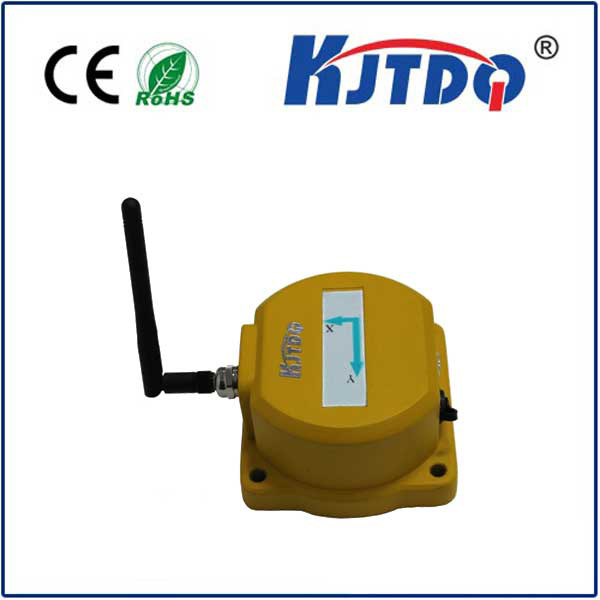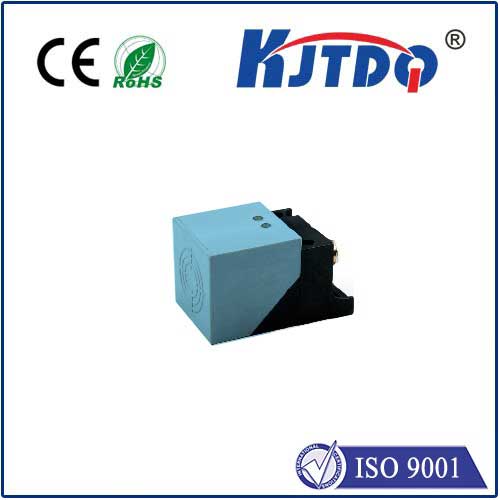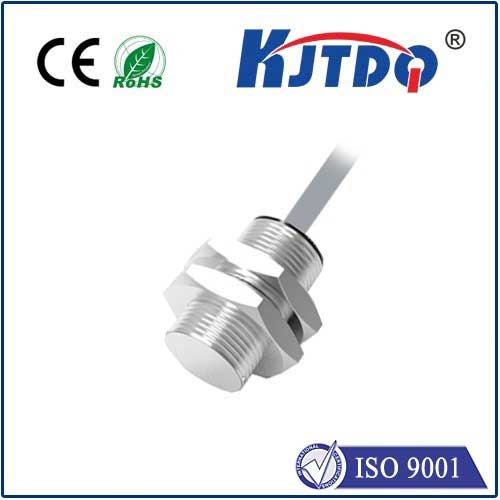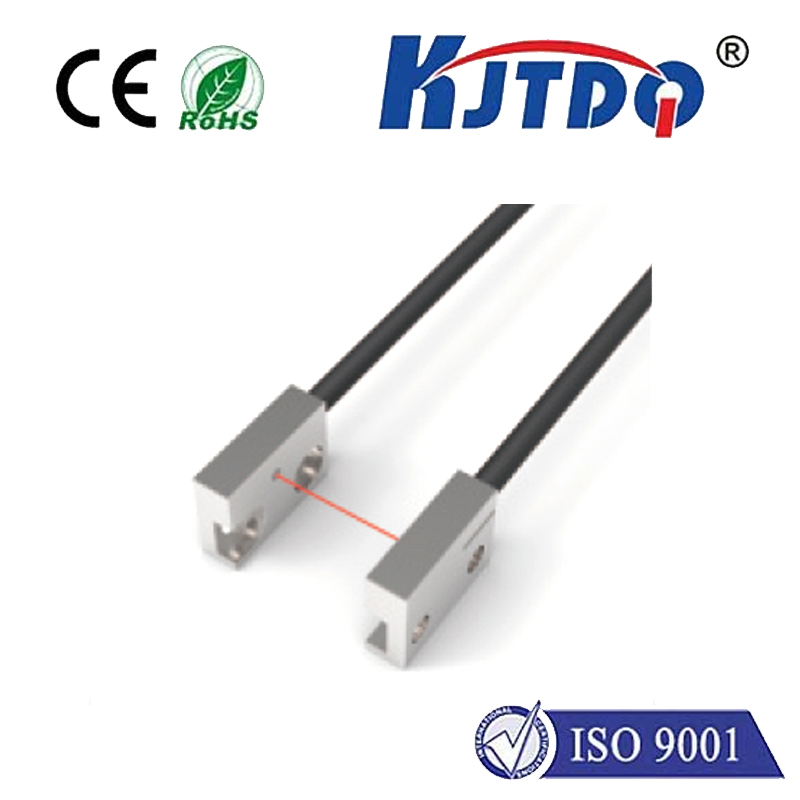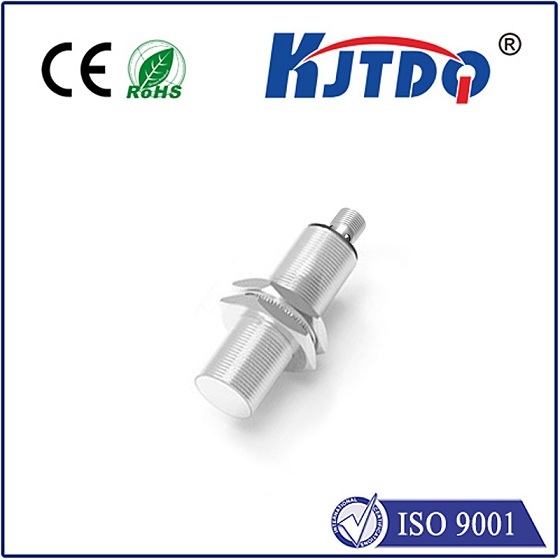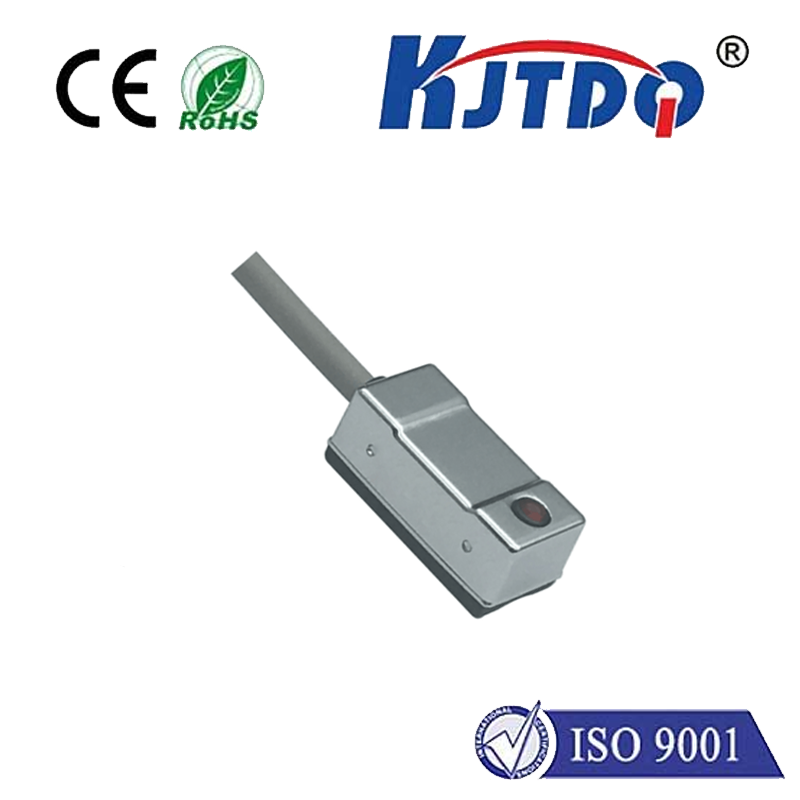

check

check

check

check

check

check

check

check

check

check
Elevators are a crucial part of modern architecture, providing a convenient and efficient means of transportation for people and goods. However, their operation requires precise control systems to ensure safety and reliability. One important component of these systems is the limit switch, which plays a vital role in controlling the elevator's movement within its designated travel path.
Limit switches are electronic devices that detect when an elevator has reached its upper or lower limits of travel. When the elevator approaches either limit, the switch sends a signal to the control system, which then initiates the appropriate action to stop the elevator's motion. This prevents the elevator from overshooting its intended destination or traveling beyond its physical limitations, thereby avoiding potential accidents and damage to the equipment.

In addition to serving as safety mechanisms, limit switches also help maintain the accuracy of elevator positioning. By providing feedback on the elevator's location relative to its travel path, they enable the control system to make fine adjustments to ensure that the elevator stops at the correct floor level every time. This not only enhances passenger comfort but also reduces wear and tear on the elevator components, extending their service life.
Furthermore, limit switches play a critical role in emergency situations. In the event of a power failure or other unexpected interruption, the limit switches can activate brakes or other safety mechanisms to halt the elevator's movement until it can be safely restarted or evacuated. This feature ensures that passengers are protected even in unforeseen circumstances.
In conclusion, limit switches are essential components of modern elevator systems, serving both as safety devices and precision tools for accurate positioning. Their presence allows elevators to operate reliably and safely, making them an indispensable part of our daily lives. As technology continues to advance, it is likely that limit switches will become even more sophisticated and effective, further enhancing the performance and safety of elevator systems worldwide.
